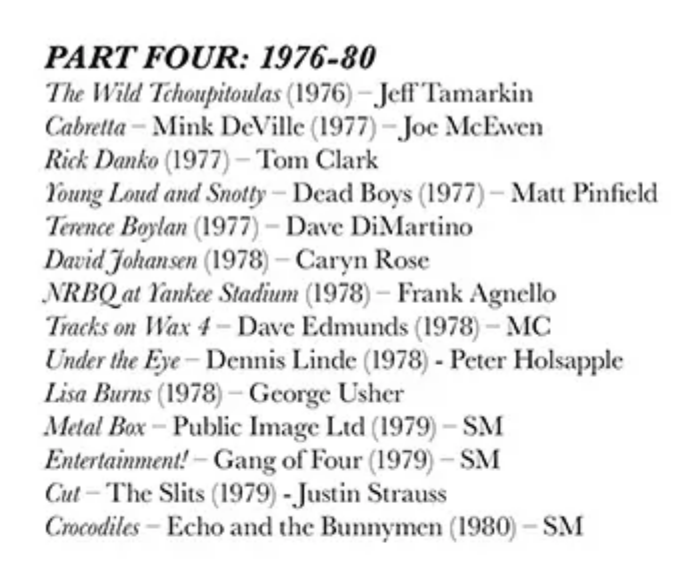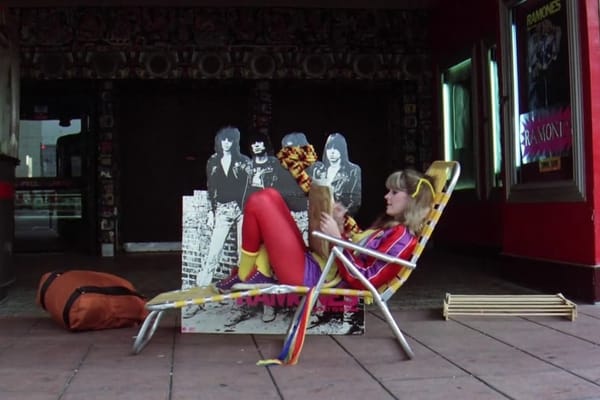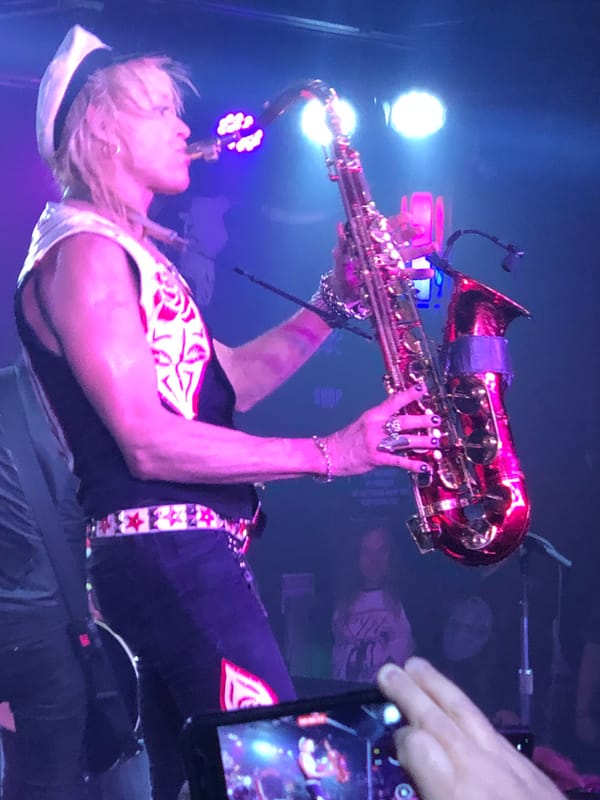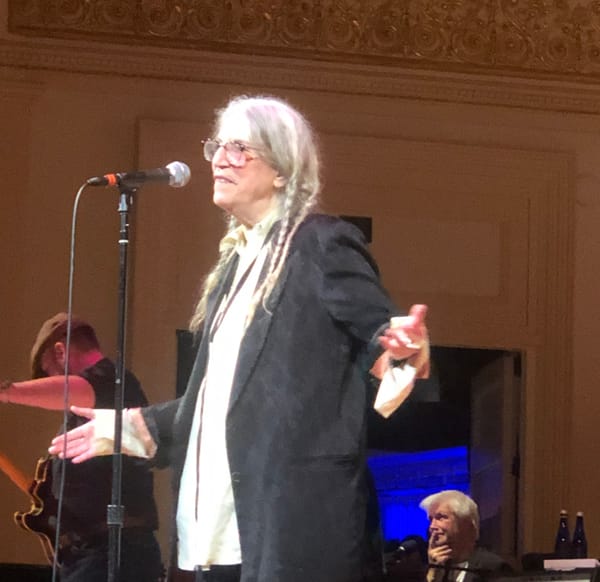pilgrimage: Sigma Sound, Philadelphia, PA
ain't that close to love?
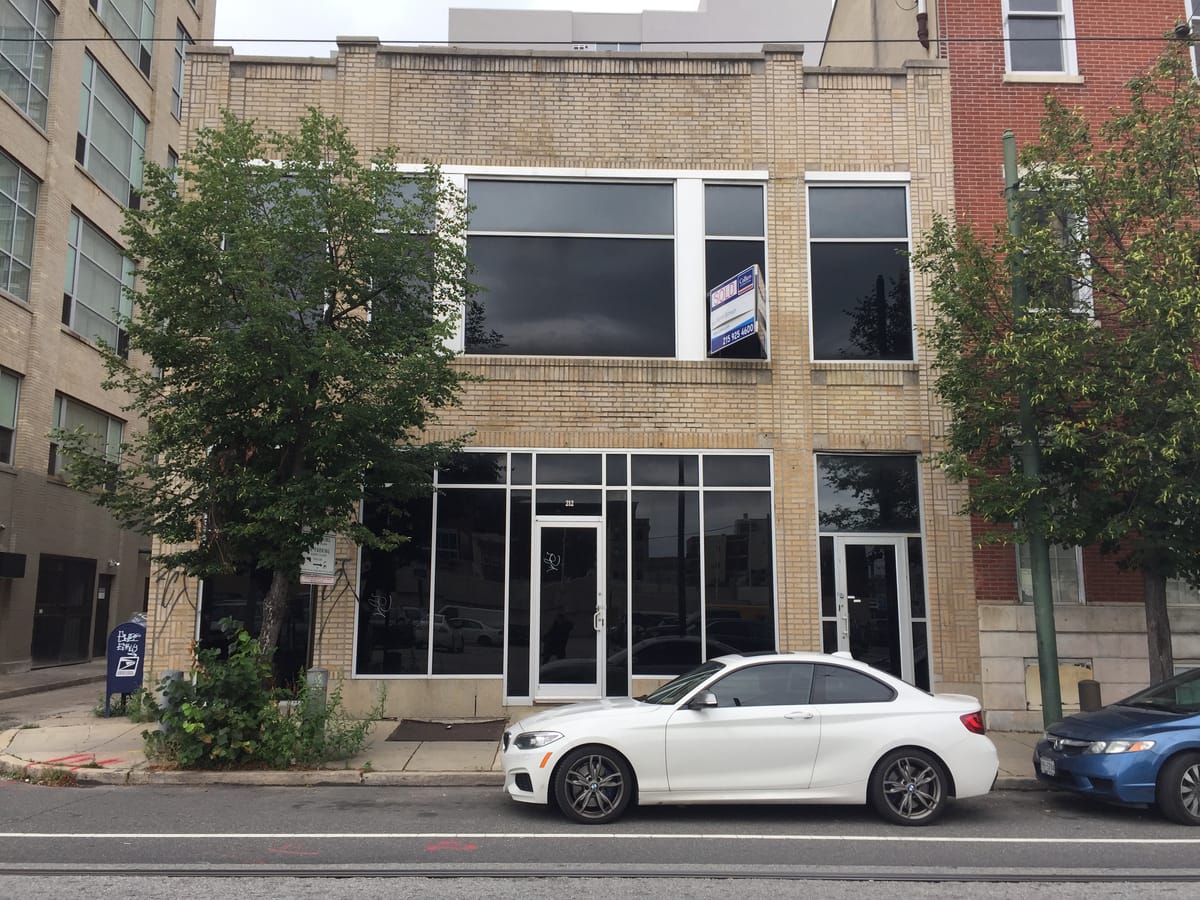
pilgrimage is a series of essays about journeys to places where magic happened. It's about why we go there, why we want to remember, and why it's important that we do. I hope these journeys inspire you to find and make your own places. You can read the rest of the essays in the series here.
I have a love/hate relationship with Philly, but will be the first to tell you that Philadelphia does not get the respect it deserves when we start talking about music histories. We talk about Memphis and Detroit and Chicago but Philly deserves more than it gets on this front. Philly had Cameo-Parkway Records, Philly had doo-wop, Philly had Philadelphia Soul and Philadelphia International Records and Gamble and Huff. Philadelphia International was a giant presence in the 1970s, putting out records by Teddy Pendergrass, the O’Jays, Harold Melvin and the Blue Notes, and Patti LaBelle. Musicians traveled to Philly to record for the label just like they went to Stax or Muscle Shoals, so they could work with Kenny Gamble and Leon Huff. Philadelphia International also had its own crew of working studio musicians and songwriters and arrangers, and they all worked out of Sigma Sound Studios on North Twelfth Street.
You know who knew about all of that? David Bowie. And that’s why Bowie came to the City of Brotherly Love in the early 1970s -- back when he was in his soul phase, when he had Luther Vandross singing backup -- to record at Sigma Sound. Bowie’s soul phase also gets short shrift, because when you’re juggling Ziggy Stardust, the Berlin era, and Serious Moonlight, the era where he wanted to be like the singers he idolized is also the era where he was doing a metric fuckton of drugs and was changing forms and identities and seemed to have a new idea every moment (cocaine, but also just, you know, Bowie). When Bowie was done with something he was done with it and didn’t dwell on it and didn’t go back and revive it later. When Bowie passed and I was writing a million and a half things is when I remembered that Sigma Sound was in Philly and when I looked it up I saw that it was heading for the wrecking ball. So in 2018 when I took the cheap bus to Philly to go see Diana Ross at the Mann Music Center, I went down early in the afternoon to go see Sigma before it was gone.
Studios open where space is cheap and there are no neighbors to be disturbed but they also need to be low-key and operate under the radar as much as possible, because advertising what’s going on inside is basically setting yourself up to be burgled. Sigma was located in what was part of Philly’s Chinatown, now the north side of the convention center, which was built in 1993. So there’s a massive brutalist concrete behemoth overshadowing the area now, along with some parking lots, the Chinese Gospel Church, and a painfully bright and shiny new hotel that obviously caters to the convention center, but on the day I was there, hosted families in town for History, groups of tired looking kids holding onto toy Liberty Bells.
By the time I got there, the two-story beige brick building was a shell with a large SOLD sign on it. The front windows were tinted with blackout film, so that they changed appearance based on the sky; I try peering in and see that the first floor has been totally gutted. I probably should have just kept my imaginings of what it looked like inside. The windows on the second floor have been bricked over, and the ground floor windows were filled in with glass bricks to let in the light. I am willing myself to feel some kind of vibe but whatever is there is only there because I want it to be. It is a place where people worked diligently on their art, where they made music that we danced to or fucked to or just listened to on a transistor radio at the beach, while driving the car, while making dinner or doing homework. People are still listening to the music recorded there. It changed the molecules of the universe. Like, that is enough of a reason to take a minute and at least nod in respect. The hop-on hop-off tour buses should be going by. But at least there is a plaque! A real, honest-to-goodness plaque. People will stop and read it. They will remember, or they will learn, but at least someone decided that Sigma Sound was important enough to make sure it wouldn’t be completely forgotten as the city grows and morphs and changes.

There was an old colonial house adjacent that also had a notice that it had been condemned and marked for demolition. I know that population density is important and that there isn’t enough affordable housing anywhere in any city, but was equally sure that what was taking the place of two pieces of history wouldn’t be public housing. I stood across the street leaning on a concrete bollard taking notes or and trying to half-close my eyes (only half, this is still Philadelphia) and conjure a time machine, and kicked myself for not thinking about swinging by here any of the gazillion times I have been to Philadelphia and Sigma was still in operation. You think things will always be there until they are not.
The other thing that re-entered my consciousness after David died was the legend of the Sigma Kids, the diehard fans who camped out in front of the studio while David was working on Young Americans. Philly was always a Bowie stronghold — these are the kids who, when David came back to the Tower for the first time post-Ziggy and the fans realized they were no longer au courant in their glitter makeup, ran to the bathrooms at the intermission to wash their faces. David and the musicians and producers loved the fans, they were visible support in a country he hadn’t made tremendous inroads in yet, and they didn’t do anything to bother or interfere, they just wanted to be there. When I saw Tony Visconti play a show a few weeks after Bowie died, there was a contingent of Sigma Kids in the audience who he clearly remembered and referenced and chatted with throughout the show. Everyone in the audience was envious of these people on a million levels.
The Sigma Kids earned their name because when David came to town to record at Sigma, they basically followed him around Philly. They’d hang out in front of his hotel until he came out to go to the studio and then they would all drive over there, where they’d set up camp on the sidewalk outside. It’s not like they could hear anything -- if a studio had that kind of sound leakage, they would go out of business quickly -- they just wanted to be near their hero, and they also wanted to be with other people who were like them. There’s a quote from Carlos Alomar, who the Kids took sightseeing around Philly, that sums it up: “Usually, people who sleep in front of a studio–it’s about fucking. But with them it was about devotion.” They did errands for the musicians, they took Bowie’s bodyguard record shopping, they drove Tony Visconti back to the hotel when he couldn’t get a cab.

They aren’t the only people who hung around outside of recording studios or places where musicians are, but what the Sigma Kids had was persistence. There were older kids and kids who weren’t supposed to be there; they took care of one another. It seems like it would have been unsafe but given what I remember about the 70’s I bet they all felt safer together on the sidewalk in front of Sigma Sound than they did in Conshohocken or Cherry Hill where they'd at the least endure mutterings of "queer" and at the worst, well, let's not think about it.
Sigma was the place they could go to not feel alone and show appreciation and be somewhere where they were normal. In 1973 that wasn't a small thing. It boggled my mind, however, that this horde of young people could just set up shop on the sidewalk outside Sigma and basically be left undisturbed. But now that I see where it is -- where it was -- I get it. There’s nothing left, but at least that part of it makes sense to me now. I need to know. I need to honor what was here by coming here and seeing what was left.
The Sigma Kids got the ultimate vote of approval when, at the end of the recording session, they got invited into the studio to listen to the playback of the finished product. They were fed pizza and hoagies and Bowie stood in the corner nervously watching their reaction. When it was finished playing, the Kids asked to hear it again. And if you believe the legends (and I do), everyone started dancing, including Bowie. (Allegedly, he did the Bump.)
This is of course no means a complete history of the former recording studio, nor is it meant to be. But as your local record store / favorite club / mom and pop restaurant gets replaced by a Duane Reade that becomes a Walgreens that becomes a TD Bank, the act of remembering what was there and why it was important remains quietly defiant.
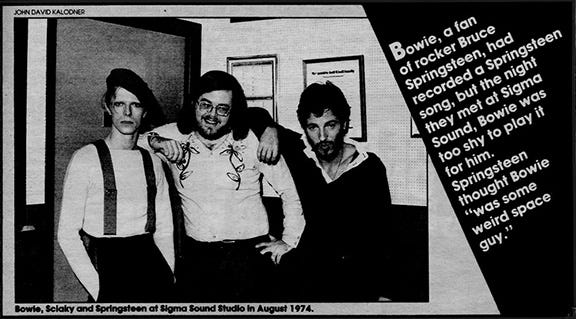
the sound of young america.
Caryn Rose • Jan 19, 2019

One: Martha Reeves Martha Reeves and Mary Wilson are part of one of those traveling “Motown Revue” type things (this one aptly named “Motown Gold”) that usually end up in third-level casinos or state fairs. The New York City equivalent is the Ford Amphitheater at Coney Island, which turns out to be a concrete slab adjacent to the boardwalk that happens t…
Read full story →
THIS JUST IN: My copy of The White Label Promo Preservation Society, Volume 2, where I contributed an essay on David Johansen’s first solo album, alongside other contributors like Bebe Buell, Susan Whitall, Tammy Faye, Lenny Kaye, Peter Holsapple, Steve Wynn, and many more. Get your copy today!

